Tikal
From the heart of the rainforest, stone monuments soar high into the heavens, a majestic legacy of a culture long gone. these are the pyramids, palaces and temples of the legendary Tikal.
Tikal is the capital of the Mutul Kingdom and one of the most famous and largest ancient Mayan cities. Tikal and the surrounding area are included by the Guatemalan government in the national park of the same name. The national park was designated a UNESCO World Heritage Site in 1979.
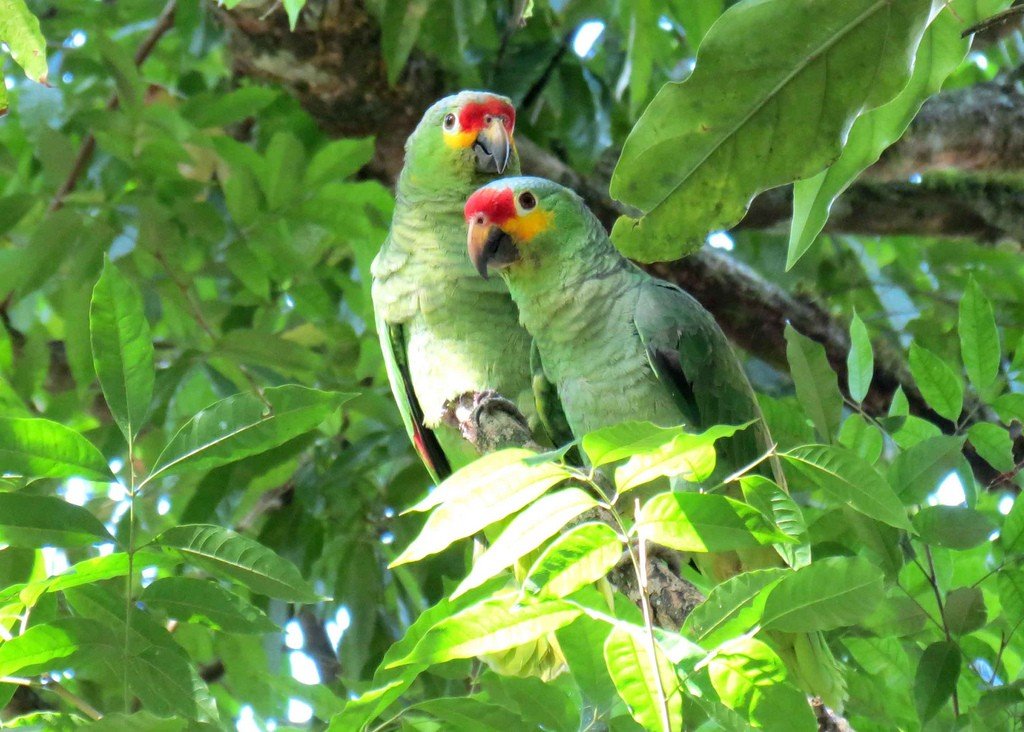
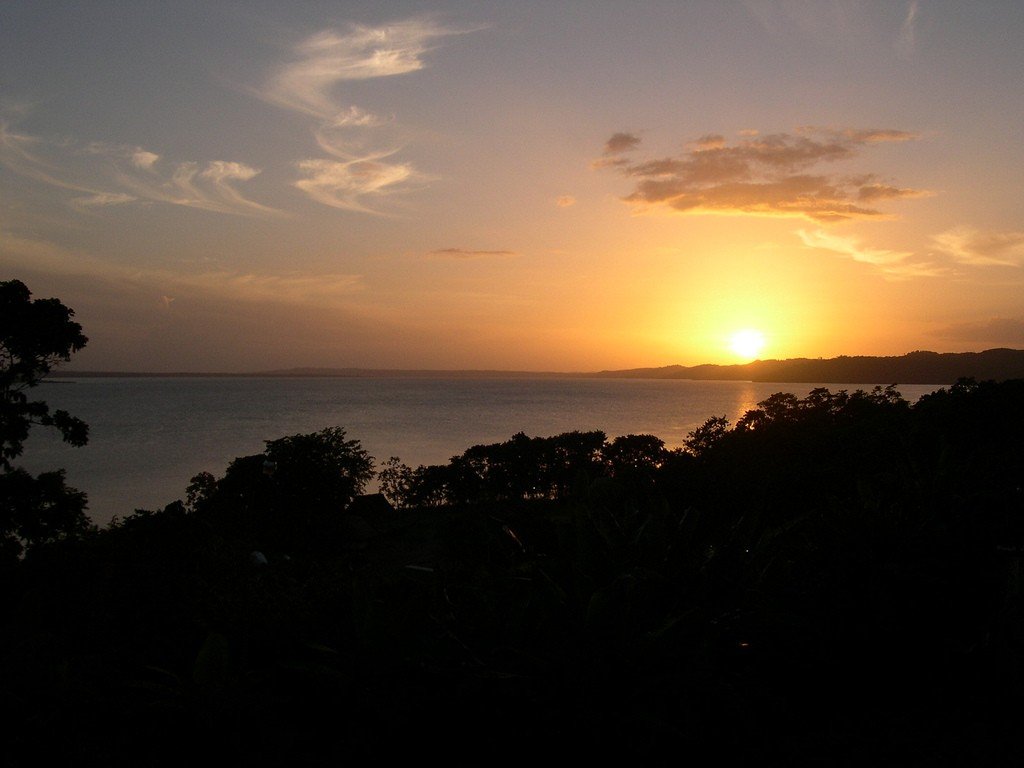
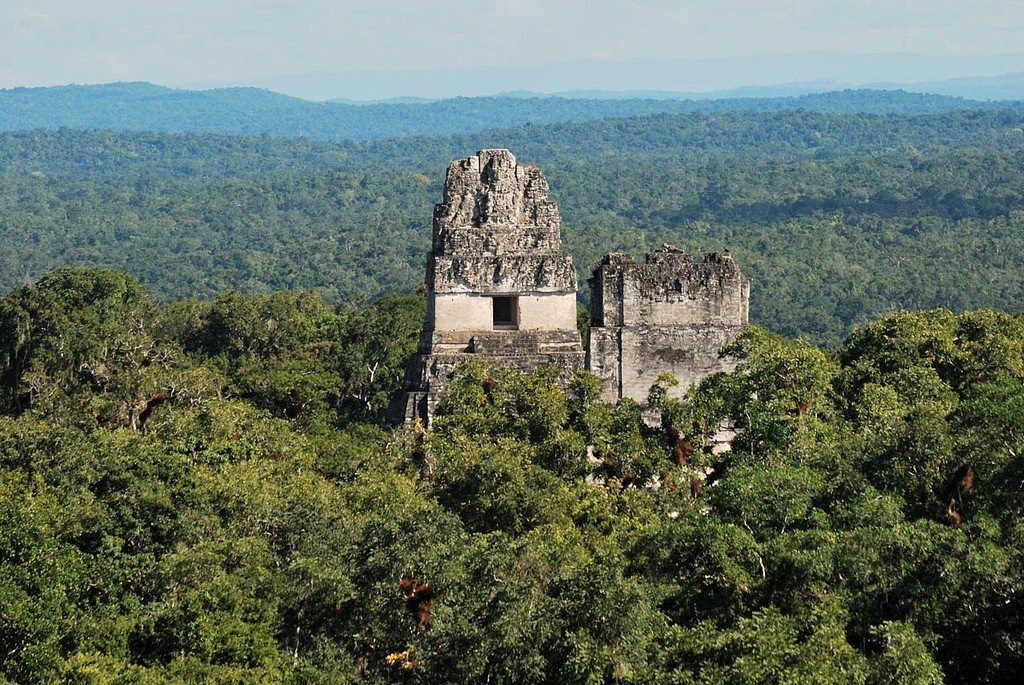
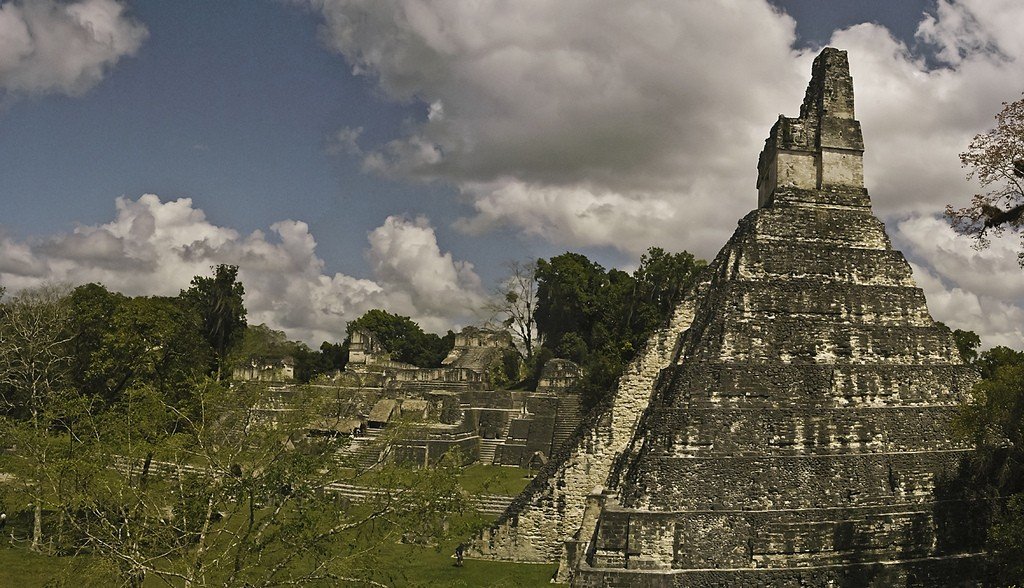

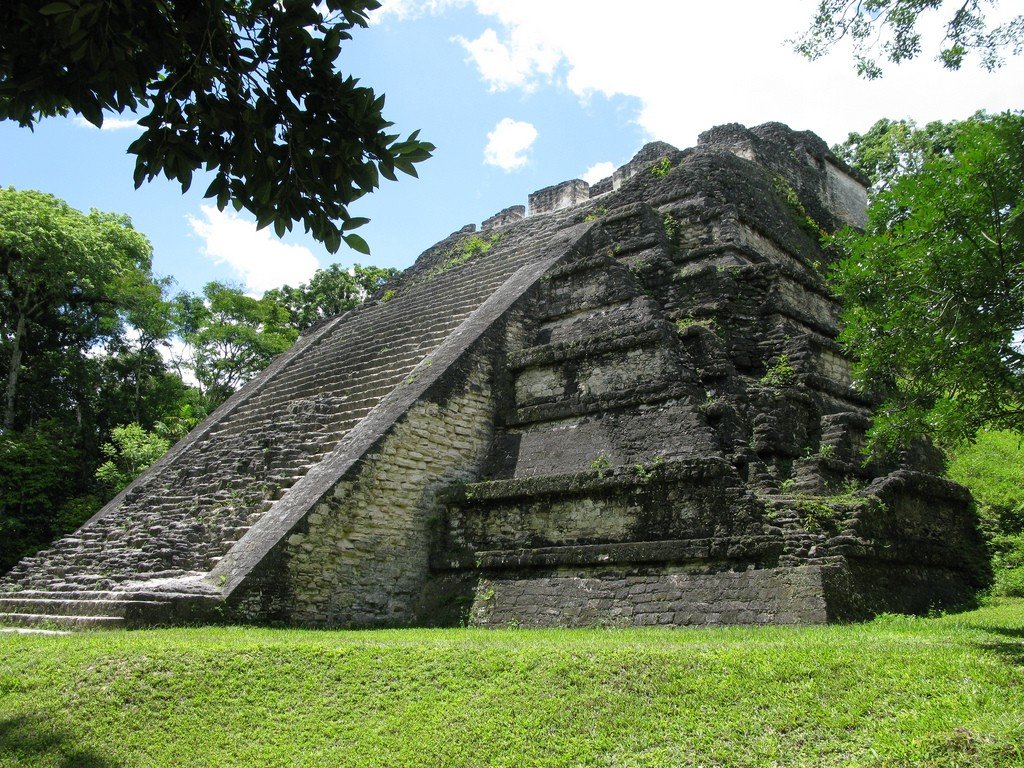
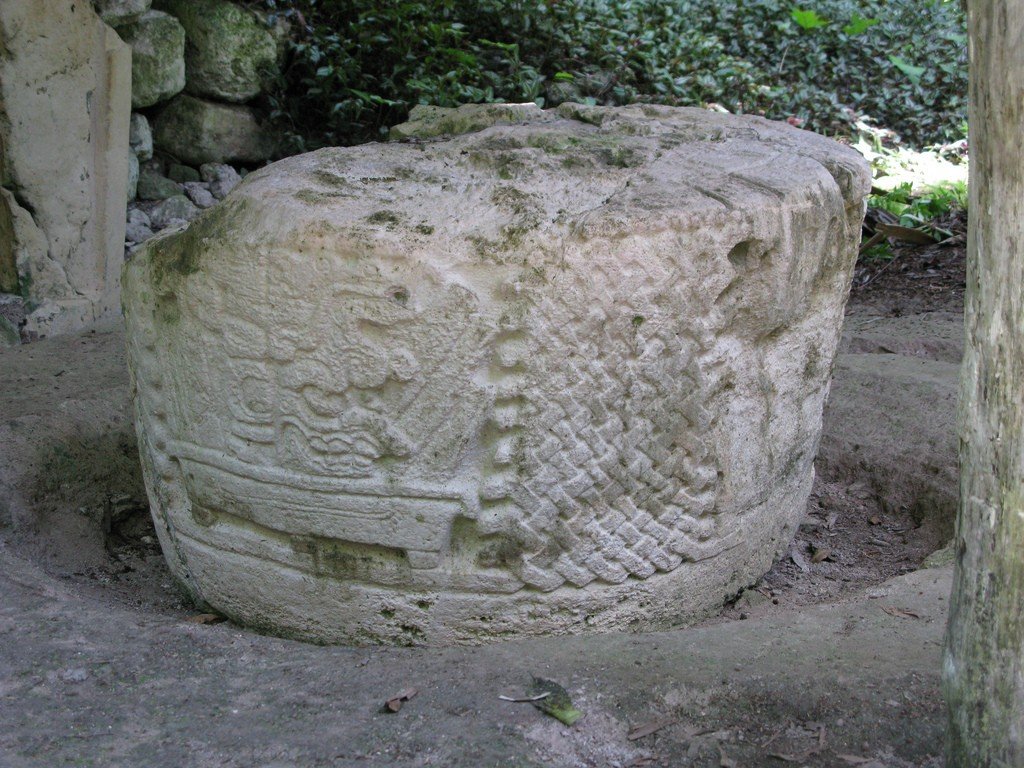
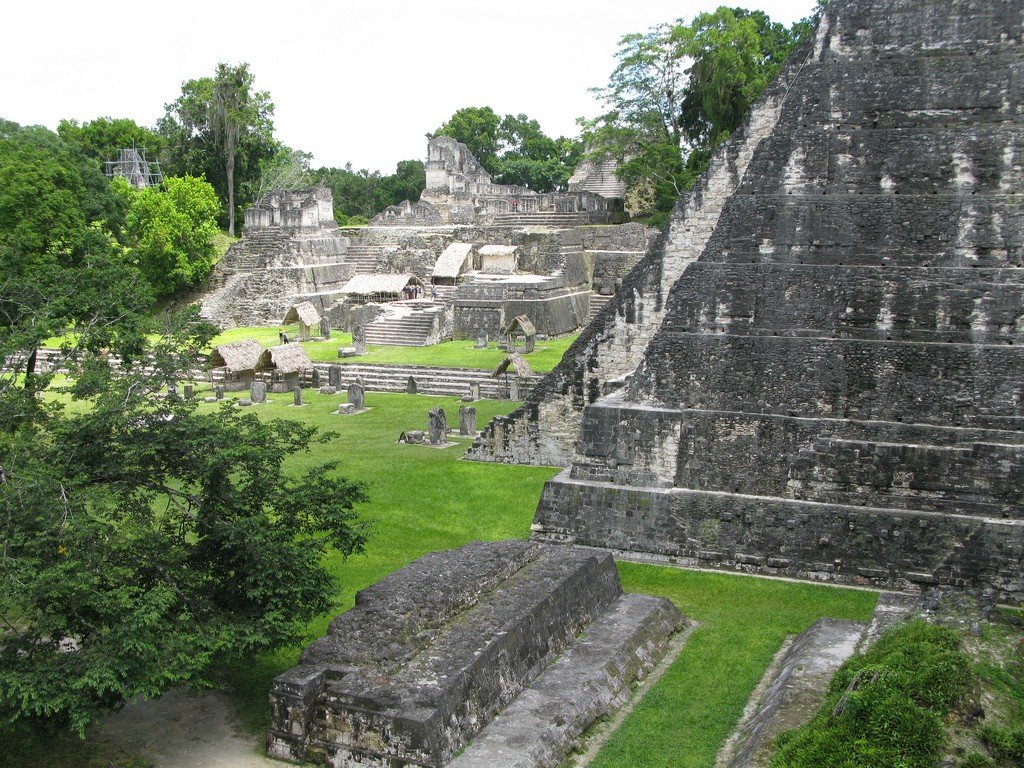
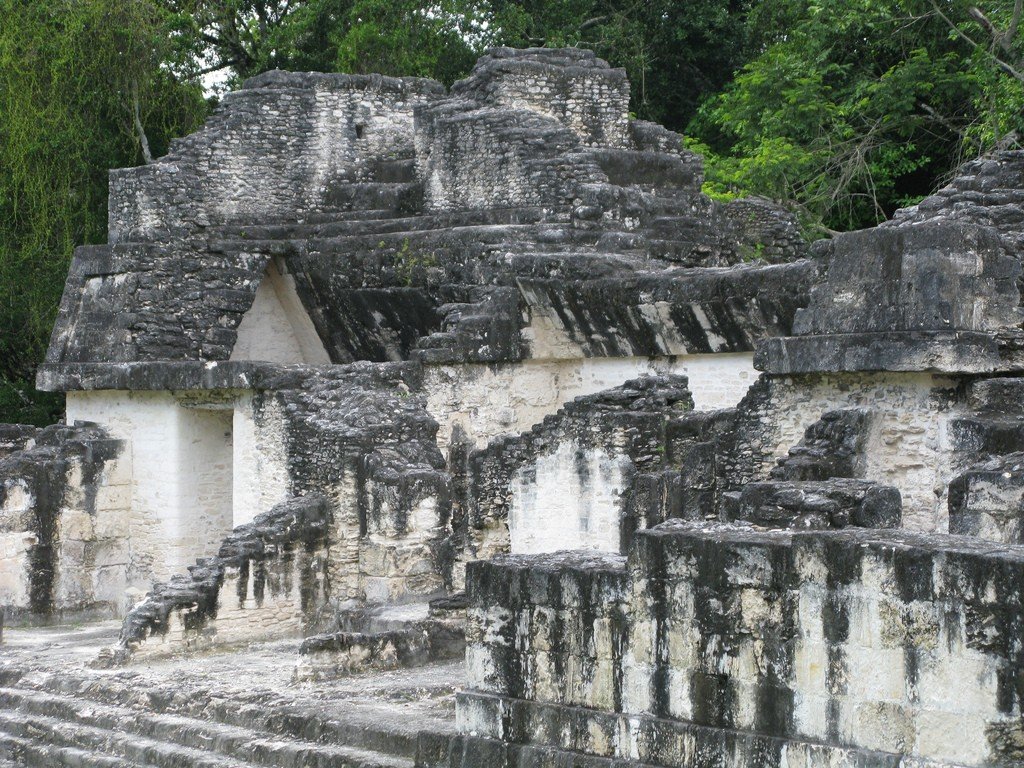
General Information
The people who lived in Tikal, the ancient Maya, seem mythical. The Maya are believed to have suddenly appeared out of nowhere about 3,000 years ago and in a remarkably short time managed to create an advanced civilization that remained powerful longer than the Roman Empire. They then dissolved back into the darkness of time as mysteriously as they came onto the historical scene.
.
Maya culture reached its peak in the 5th century. They built beautiful cities, majestic palaces and monumental temples. At this time, Tikal was one of the main religious centers.The ever feuding Maya dynasties planted their culture, conquering neighboring countries and including them in their sphere of influence. And then we find that just 300 years later, Tikal has been left completely abandoned in the thick of the tropical jungle. It’s as if the inhabitants have all at once abandoned their rich and prosperous city. What happened?”
.Mysteries always give rise to myths. For a long time, the Maya were considered a peaceful people who lived in complete harmony with nature. In any case, this statement is refuted by the results of recent studies.
Tikal and the decline of the Maya
In Tikal, everything revolved around the power, influence, and short-term predilections of the ruling elite. For their own selfish ends, they exploited both people and nature without remorse. Years of inept economic management and selfish political maneuvers aimed solely at enriching and strengthening the power of small elites led to an ecological catastrophe. This marked the sad end of the most advanced civilization of antiquity.
The Mayan rulers shamelessly played on their subjects’ belief in their divine essence. Proclaiming themselves god kings, they declared that only through them could people communicate with the gods. The god-kings very quickly managed to build a strict hierarchical system that reinforced their absolute power. The most important tool was the invention of writing. They could now record their incomparable deeds in writing. This only strengthened the belief in their omnipotence and immortality.
.Access to arcane knowledge, from writing to math, was available to a very select few. In addition to the ruling class, it was an equally closed community of scholars and priests who could record the achievements of the rulers and keep track of the passage of time on a ritual calendar. The Maya were the first to learn to use the numeral “zero” in their calendar, and their astronomical tables were much more accurate than those compiled in ancient Rome. The ruling elite remained small in number and brutally repressed any attempt to encroach on their power and knowledge. Thousands of their subjects found their deaths in brutal sacrifices and bloody contests.
.
The more monumental any of Tikal’s palaces or temples appear, the more richly decorated they are. Plaster ornaments almost entirely cover the columns, steles, staircases, and cornices. Tons of limestone and an equal amount of wood were required to make these decorations. By order of the rulers of Tikal, the forests around the city were cut down completely, and in their place the peasants sowed corn. But the greedy nobles created a disaster. Tropical rains instantly washed away the thin layer of soil left unprotected by the dense jungle. Soon nothing could be grown on this land, and the city experienced a food shortage. Such a failure instantly stripped the rulers of Tikal of their influence and power, and the city came to an end. And the forest that had once been banished from this place returned, taking possession of the desolate ruins.
>Chronology
- Ok. 400 BCE: First settlers in Tikal. .
- 250 CE: Tikal is the most important religious center of the Maya.
- 292: The ruler Balam Ajaw (“Decorated Jaguar”) ascended to the throne. He left two of the earliest texts inscribed on commemorative stelae.
- 360-378: The reign of Chief Great Jaguar Claw (Chak-Tok-I’chaak II); he built the first monumental palace at Tikal.
- 682-734: Reign of King Double Moon, also known as Prince Chocolate (“Ax-Cocoa”), He is buried in the great temple Pyramid I; his consort rests in Pyramid II. Archaeologists at the University of Pennsylvania have uncovered both tombs.
- 900: Tikal is completely abandoned.
